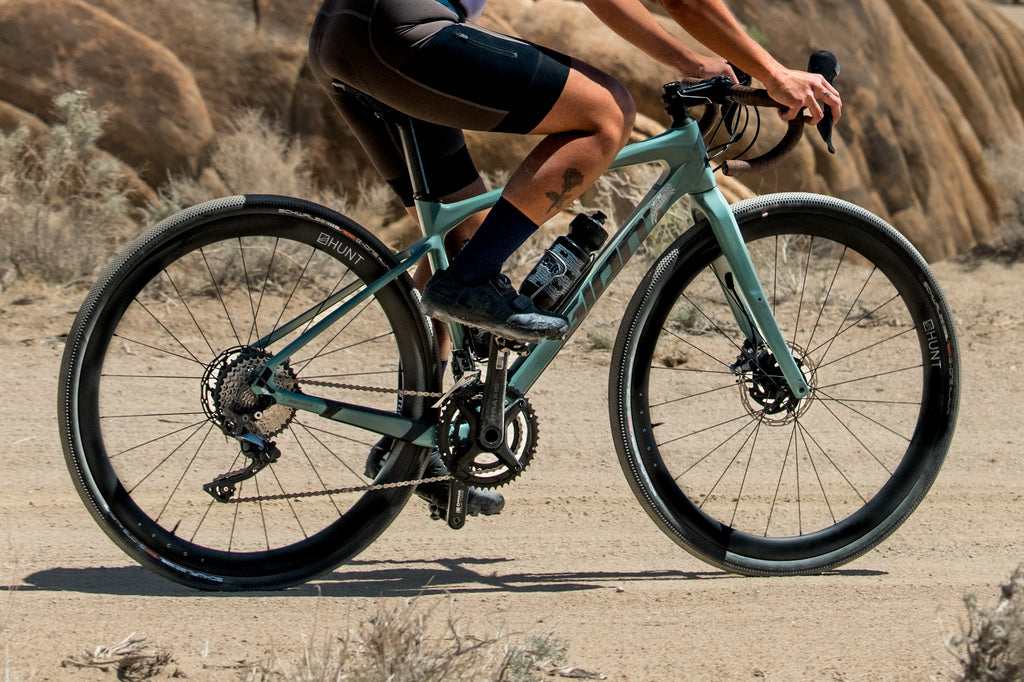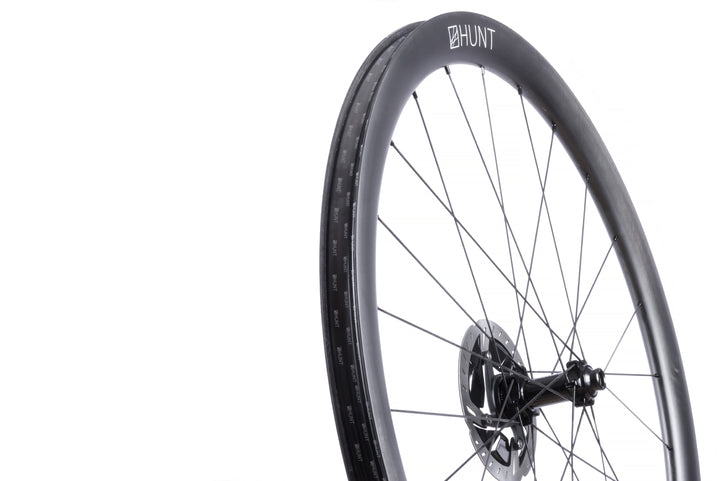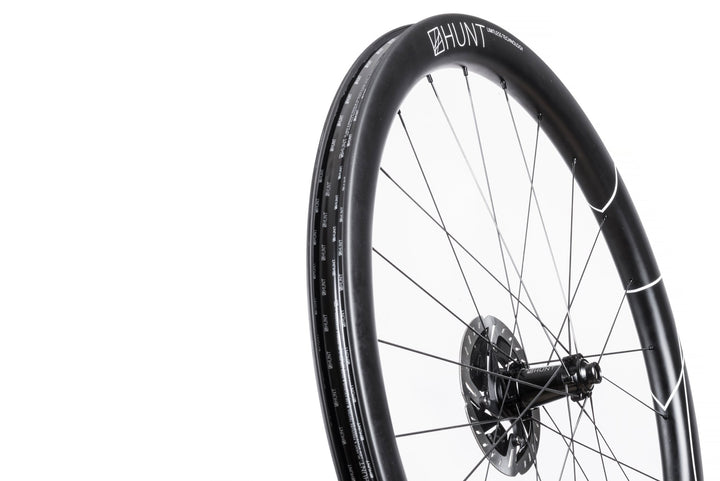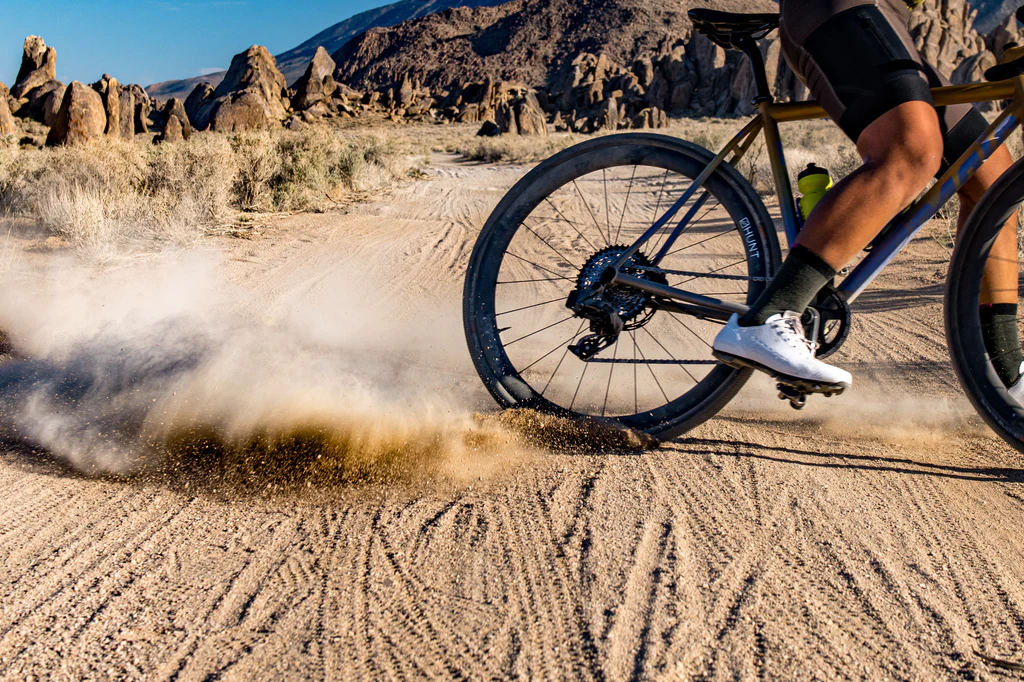After finally picking up their dream bike and blazing through the honeymoon period with the perfect new rig, many cyclists inevitably begin tinkering.
The perfect bike they spent months researching before pulling the trigger now seems like it could be even better. One of the first places many riders go when looking for upgrades is a new wheelset. Wheels can provide an astonishingly different feel and ride experience.

Depending on construction, they can also play a huge role in efficiency and performance. There’s no shortage of metrics to consider when choosing a new wheelset, but one of the bigger questions to answer is whether a new wheel will be hookless, or a traditional “hooked” wheel.
Both have their benefits and drawbacks, but even as hookless wheels have exploded in popularity in recent years, many folks may be unaware of exactly what they are, or what they can bring to the table.
What are hookless wheels?
In the old days of the early to mid-2010s, wheelset designs, including the expanding tubeless compatible options erupting onto the market, featured an edge of the rim that curved into a sort of hook.
The hook allows a tire’s bead to snap and lock into place with added security as it is essentially being gripped by the hook. The hooked design also helped inner tubes mold into the correct position to interface with the rim and tire.
However, as carbon and tubeless wheels grew ever more popular, manufacturers began to ditch the traditional hook in favor of a flat, or straight-wall design that we now refer to as hookless. You may also hear hookless referred to as TSS, or Tubeless Straight Side. Designers build these wheels specifically for modern tubeless setups, making them ideal platforms to run at much lower pressures.
How do hookless rims work?
Instead of a hooked bead, tires fitted to hookless rims rely on pressure to lock into place.
Hunt Bike Wheels was among the first pioneers to begin bringing hookless technology to bike tires in 2016.
According to Hunt, the key factors for a tire to fit a hookless rim properly include ensuring that the rim is of the right diameter at the bead seat (the flat section that the tire sits on), that the bead seat is wide enough that the tire can sit square, and that the bead is not folded over and can work optimally.
“When the tire is inflated and in service [on a hooked rim], it is not sitting on the bead seat but pressed into the side wall a few millimeters up the hook, and it is the bead core on the tire that is providing the reactive force to keep the tire in place,” Hunt said. “When using tubeless for this reason it is important that your tubeless tape does go up the hook a few mm just to make a good seal.”
These types of wheels have been the norm in cars and motorcycles for a long time. But with the higher pressures historically associated with road riding and to some extent, gravel riding, cycling was initially hesitant to jump on the train. That, however, has been changing.
What are the benefits of hookless wheels?
The hookless trend gained particular popularity in the mountain bike realm, where riders moved long ago toward lower tire pressures that are well suited to hookless systems.

But Hunt brought the hookless party to its road wheels too, offering what was then its H_LOCK Wedge technology on its 55 Carbon Wide Aero and 30/50 Carbon Aero Disc wheels from 2016 through 2018.
Hunt said its early iterations of hookless wheels produced rims that were 10 to 15 grams lighter at a lower price. That trend has continued into its modern hookless products, which it said feature stronger rim construction, lighter weight, lower manufacturing costs, and a more aerodynamic profile.
“Hookless rims [side walls] help reduce drag because they don’t pinch the tire sidewall inward, thus leading to the tire profile sitting slightly taller and creating a more seamless transition between the tire and rim,” Hunt said. “As a result, you get a slightly faster shape for the tire in most setups.”
Likewise, lower pressures associated with hookless wheels allow for better grip, and since there are no inner tubes and a more natural tire surface, flats should happen less frequently.
What are the drawbacks to hookless wheels?
While hookless wheels come with the benefits of aerodynamics and strength, they are not without their drawbacks.
Since pressure keeps a tire seated in position on a hookless rim, the interface between the tire and rim has to be precise in order to function properly. Even a tenth of a millimeter can cause problems, so not all tires can fit any hookless wheel. That turned a lot of cyclists off in the early days of hookless technology, as some would not be able to run the tire they wanted on a particular rim. However, as time has gone on, the range of tires suitable for hookless wheels has grown considerably.
“With the ETRTO [European Tire & Rim Technical Organization] having standardized the internal rim contour for hookless rims for the last few years, it has allowed the tire manufacturers to bring a range of tires out that match this internal shape,” Hunt said. “With ‘standardized’ rims, riders have more choice, easier fitment, and better performance out of the combination.”
Most brands include lists of tires that they’ve tested and confirmed perform as intended on their wheels.
But still, hookless tires have some limits to which tires will work, and whether they can accommodate a tube in a pinch or not.

Current standards for hookless wheels also require considerably lower pressures. Hookless wheels shouldn’t reach above 72.5 PSI, according to Hunt, so anyone who favors a higher PSI may want a rim that can accommodate higher pressures.
That may not seem like an issue for mountain bikers or gravel cyclists, whose PSIs usually sit well below 70, but road cyclists whose pressures often reach well above 70 and above may prefer something that can firm up more.
Which to choose
Almost every major wheel manufacturer makes both hooked and hookless options, and both can be stellar. Making the right choice comes down to each rider’s particular discipline, style, and needs.
Riders who enjoy the benefits of lower pressures, slight aerodynamic advantages, and who aren’t extremely particular about tire choice would probably be more than happy on a hookless wheel. Those who absolutely have to have a particular tire, who prefer to run their tires at high PSIs, or who often find themselves using tubes, may prefer a hooked option.
This post is sponsored by Hunt Bike Wheels. Learn more about Hunts hookless wheels at us.huntbikewheels.com.
